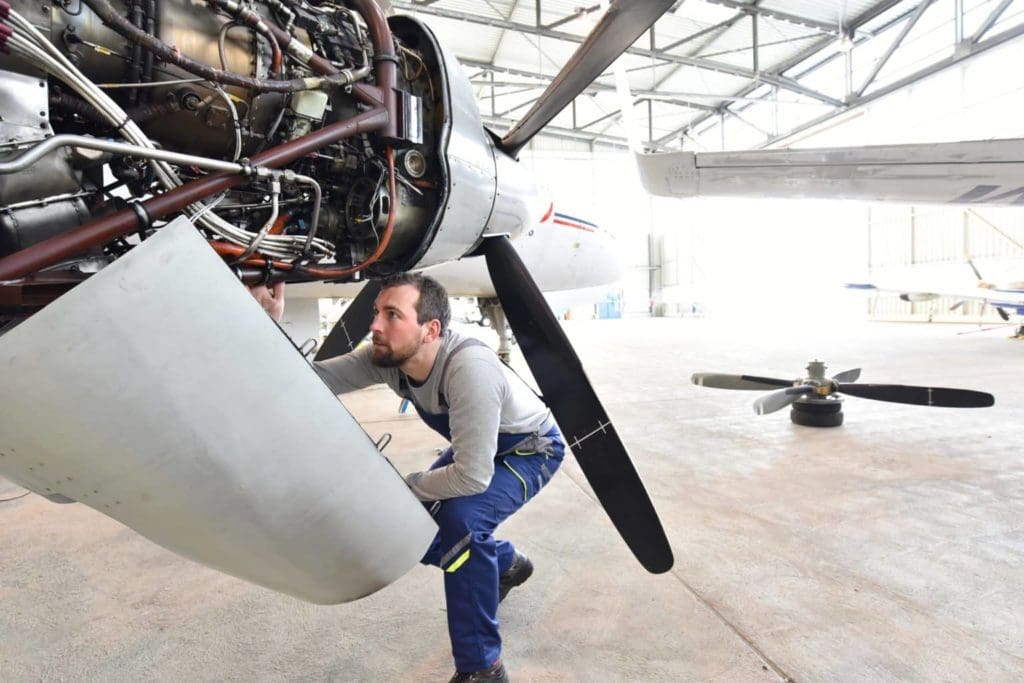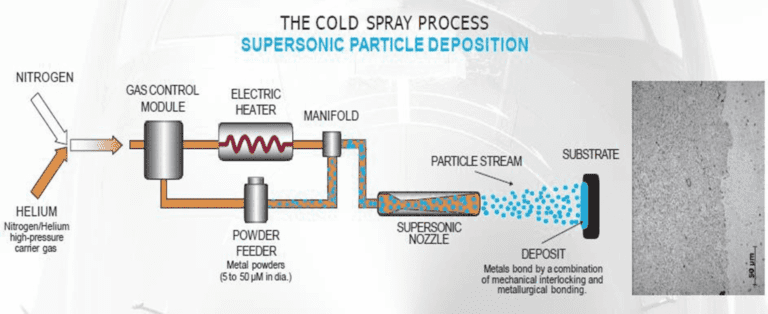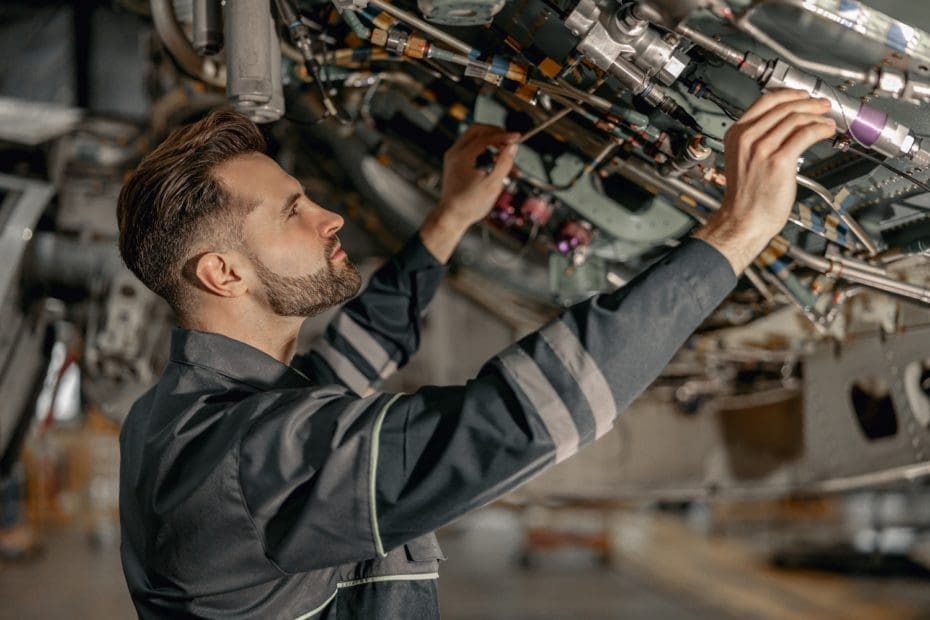In the ever-evolving field of aerospace technology, advancements are constantly being made to improve efficiency, durability, and performance. One such breakthrough that has taken the industry by storm is cold spray technology. To understand the benefits, it is vital that we compare cold spray technology to its predecessor, thermal spray technology, and highlight the superior benefits that make cold spray a game-changer for the aerotech industry.

Understanding Cold Spray Technology

Advantages of Cold Spray Technology
- Lower Temperature, Greater Possibilities: One of the most significant advantages of cold spray technology is its ability to achieve deposition at much lower temperatures compared to thermal spray methods. The absence of excessive heat minimizes the risk of thermal distortion or degradation of the substrate material. This makes cold spray an ideal solution for coating delicate components, such as those found in the aerotech industry.
- Enhanced Material Compatibility: Cold spray technology offers exceptional versatility in terms of material compatibility. It can be used with a wide range of metals, alloys, ceramics, and composites, opening up new possibilities for advanced coatings. This is particularly beneficial in the aerotech industry, where different materials are often required to meet specific performance criteria for aircraft components.
- Superior Coating Quality: Cold spray coatings exhibit exceptional adhesion and density, resulting in high-quality, uniform, and dense coatings. The absence of melting and re-solidification of particles eliminates issues like porosity, oxidation, and cracking, which are common with thermal spray methods. This leads to coatings with superior mechanical properties, excellent corrosion resistance, and enhanced wear resistance, making them ideal for critical aerotech applications.
- Enhanced Efficiency: Cold spray technology offers significant time and cost savings compared to thermal spray methods. The absence of a lengthy pre-heating and post-heating process eliminates the need for extensive surface preparation and subsequent rework. Cold spray coatings can be applied directly to substrates, reducing downtime and improving productivity in the aerotech industry.
- Environmentally Friendly: Cold spray technology aligns with the growing demand for eco-friendly solutions in the aerotech industry. As a non-thermal process, it eliminates the need for high energy consumption and the emission of greenhouse gasses associated with thermal spray techniques. Cold spray technology offers a more sustainable and environmentally conscious approach to coating applications.
Applications in the Aviation Industry
The aviation industry demands exceptional performance and durability from its components. Cold spray technology excels in meeting these requirements, making it an ideal choice for various applications, including:
- Engine Components: Cold spray coatings can enhance the durability and wear resistance of critical engine components, such as turbine blades, compressor disks, and combustion chambers. The improved mechanical properties and superior adhesion ensure reliable performance under extreme operating conditions.
- Structural Components: Cold spray coatings can be utilized to protect and strengthen structural components, such as landing gear, wings, and fuselage parts. The enhanced corrosion resistance and fatigue life of cold spray coatings contribute to the longevity and reliability of these crucial aerotech elements.
- Electronic Systems: Cold spray technology enables the deposition of thin, conductive coatings on electronic systems, providing electromagnetic interference (EMI) shielding and electrical grounding. This is essential for ensuring the reliability and functionality of avionics and communication systems in aircraft.
- Repair and Maintenance: Cold spray technology is an excellent choice for repair and maintenance applications in the aerotech industry. It can be used to restore worn or damaged components.
When it comes to cold spray technology in the aviation industry, Mid-America Aerotech stands head and shoulders above the rest. With years of expertise and a relentless commitment to innovation, Mid-America Aerotech has established itself as the industry leader in this groundbreaking coating process. Their state-of-the-art facilities, coupled with a team of highly skilled engineers and technicians, enable them to deliver superior cold spray solutions that exceed expectations. From engine components to structural elements, Mid-America Aerotech’s cold spray coatings provide unparalleled durability, enhanced performance, and exceptional quality. With a strong emphasis on customer satisfaction and a deep understanding of the unique requirements of the aerotech industry, Mid-America Aerotech is the trusted partner for organizations seeking the transformative benefits of cold spray technology.


